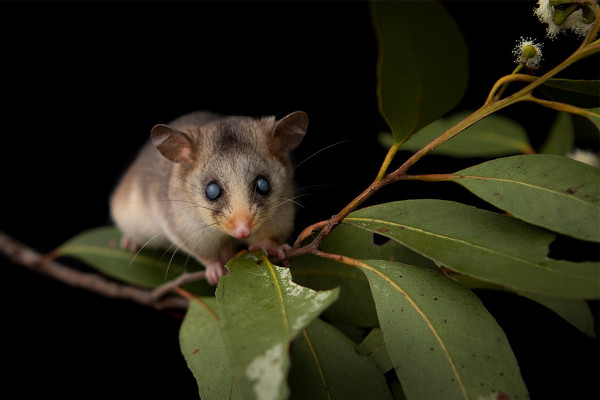As we relive FAME’s 30 years of conservation, this week’s Monday Memory looks at work in Queensland to save a special plant in the rainforests of Bundaberg, Queensland. Let’s rewind to 2018…
Amongst plant aficionados, Macadamia jansenii (the Bulberin Macadamia Nut to the rest of us) holds a unique place; it was only recognised by the modern scientific community in 1992 after being described by an amateur naturalist – Ray Jansen.
The Endangered Bulberin Nut
Sadly, in the few years since its discovery to Western science, a mixture of threats - changed fire regimes, invasive weeds and illegal collection – have reduced its population to one of Australia’s most endangered species. At the beginning of this FAME project, back in 2018, there were only 90 known trees remaining.
Each of those trees was within a 6,000 sq metre area, so efforts began to utilise genetic analysis and habitat modelling abilities to design an effective reintroduction program. This would allow the creation of new populations of the tree, in its natural habitat. With so few trees being contained within one spot, their survival had become extremely vulnerable to disasters like bushfires.
This project was a multi-organisation partnership between FAME and the Macadamia Conservation Trust, Queensland Parks and Wildlife Service, University of the Sunshine Coast, Tondoon Botanic Gardens and the Gidarjil Rangers, and took place in the rainforests surrounding Bundaberg in central Queensland – the natural habitat for the Bulberin Nut.



